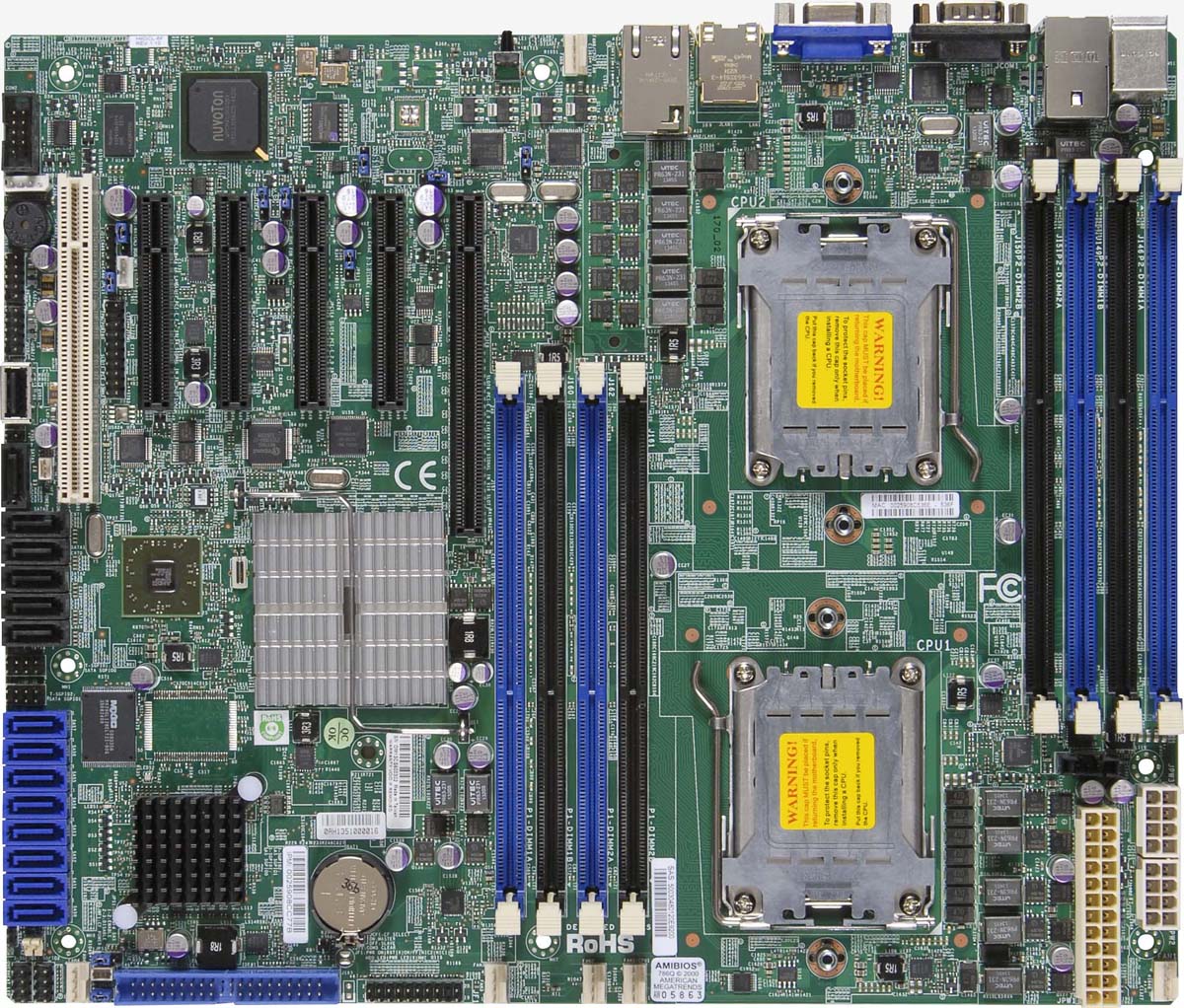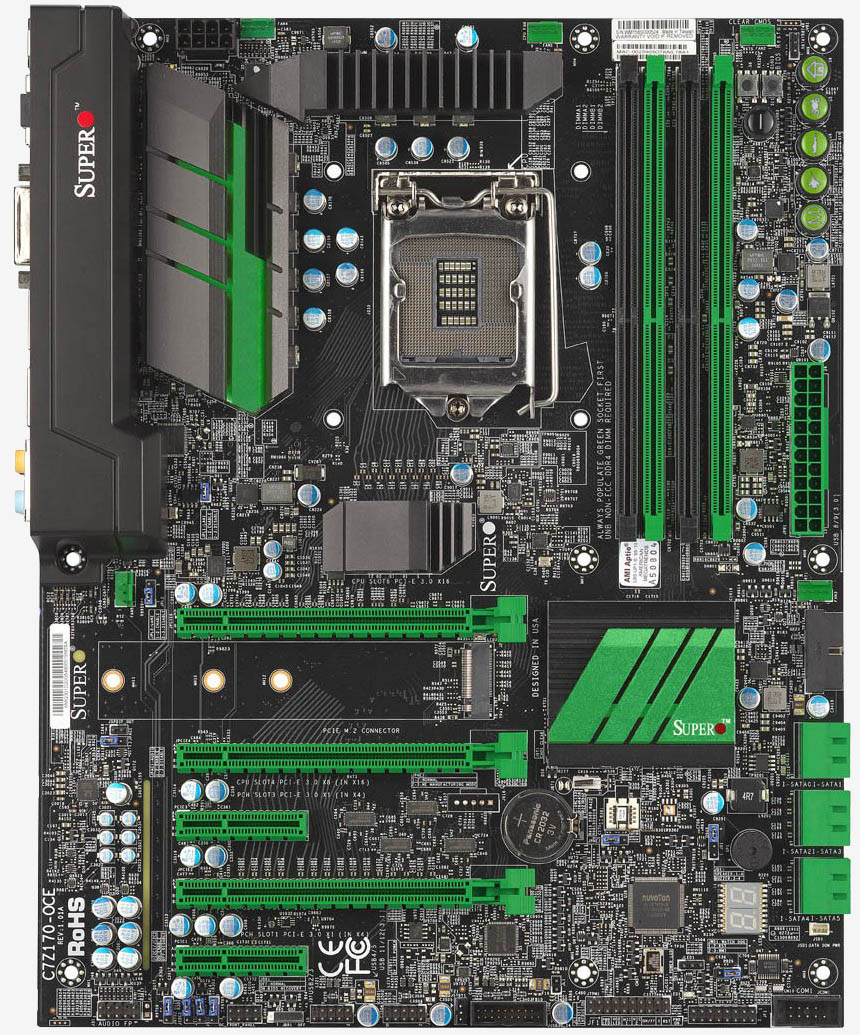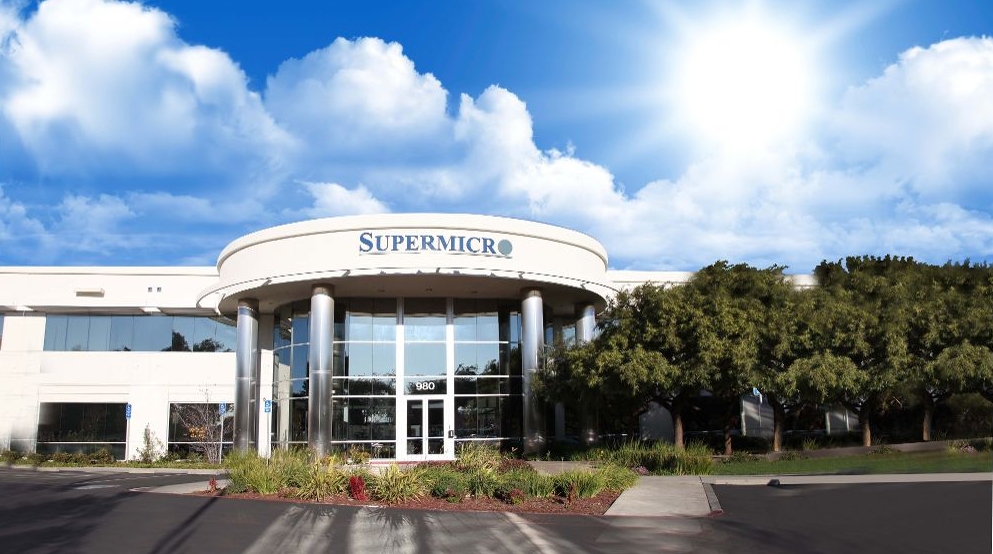In brief: According to their Senior VP of Field Engineering Vik Malyala, SuperMicro aims to re-enter the gaming and high-end motherboard space in 2019 with ambitious plans to bring boards incorporating cutting-edge technology to market. SuperMicro was popular in the early days of home desktop PCs, building Intel-based motherboards that appeared in systems from most major OEMs. More recently, the company has focused primarily on the server market, helping to give rise to cloud computing and Internet of Things (IoT) technologies. This experience could make for some exciting, feature-rich motherboards from the manufacturer in 2019 and beyond.
For a long time, SuperMicro was a popular supplier of motherboards and peripherals for both consumers and OEMs. In the late 1990s and early 2000s, their boards could be found in both traditional and gaming desktops. Over the last decade or so, however, SuperMicro has shifted its main focus to server hardware, and they currently rank as the third largest supplier of servers in the world.

They haven't completely left the consumer space, though. You can find Z390 SuperMicro motherboards on the market, and they've continued to manufacture mid-range Intel boards throughout recent generations. While you won't likely find SuperMicro on store shelves, digging through Amazon does result in some options from the manufacturer.
SuperMicro boards are easily recognizable in today's market, because up until recently they were one of the last manufacturers using green PCBs. The current high-end Z390 offering from the company is often overlooked due to competition from brands more popular with gamers, but it's actually an impressive board with features not commonly found on the Z390 chipset. The awkwardly-named C9Z390-PGW features a 10-phase VRM and excellent voltage regulation, a PLC chip that doubles the number of available PCI Express lanes from 16 to 32, two M.2 and two U.2 ports, and is loaded with a 10-gigabit Ethernet port, a feature most typically found on server boards (at least for now).
SuperMicro recently invited KitGuru into their Silicon Valley headquarters to demonstrate their renewed intent to compete with the major gaming motherboard manufacturers. According to the company, they plan to be at the forefront of the shift to PCI-e Gen 4, as well as the transition to DDR5 DRAM over the next couple of years.
Senior VP Vik Malyala told KitGuru that the company is focused on developing gaming-class boards that will compete with high-end lines from other manufacturers, such as the ASUS Maximus and Gigabyte Aorus brands. He also discussed the expansion of SuperMicro's engineering division and their drive into new markets.
Currently, their non-server boards are much more competitive overseas, with their US business mainly focused on server hardware. Malyala said the company aims to change that, with plans to produce motherboards that can take full advantage of current tech like Intel Optane and future tech like DDR5 and PCI-e 4.0.
SuperMicro has historically been tied to Intel, but Malyala said he expects that to change as well. While he stopped short of committing to boards supporting AMD's AM4 socket, he did point out that SuperMicro was among the first companies to roll out EPYC server boards. According to Malyala, the company is monitoring the desktop market and is aware of Ryzen's popularity, so he certainly did not rule out AMD desktop boards being produced.

What's most exciting is SuperMicro's pedigree when it comes to building boards with high-end features and functionality. The company has built "super servers" capable of running up to 16 GPUs in tandem. SuperMicro has also been at the center of the rise of cloud computing and is a leader in supplying hardware for supercomputers powering deep learning and emerging AI tech. They are also among the first companies to incorporate Apache Pass support into their boards, which enables mass storage in a DIMM format, cutting latency by a factor of up to 100 versus a traditional NVMe SSD or even Optane.
If SuperMicro can bring some of their server technology over to the desktop market, we may see them become a leader in high-end, bleeding-edge motherboards in future generations.
As an added bonus, SuperMicro places a great emphasis on being green. At the core of their company philosophy are strategies to reduce the need for fuel-burning resources, such as air conditioning, in the manufacturing process. They invented the concept of TCE, total cost to the environment, and run their data centers with an emphasis on reducing their environmental impact.
